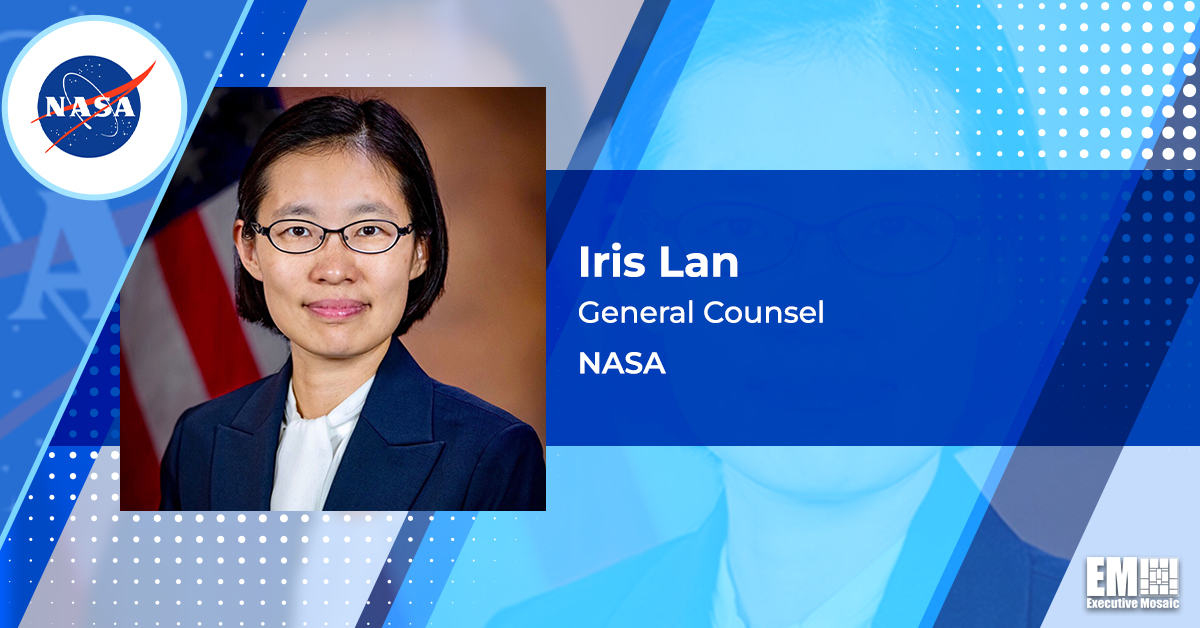The Department of Energy collaborated with other federal agencies to create the country’s first framework for advancing the commercialization of clean hydrogen power.
The U.S. National Clean Hydrogen Strategy and Roadmap is part of the Biden administration’s goal of making the grid infrastructure carbon-free by 2035 and achieving its net-zero emission target by 2050, DOE said Monday.
The roadmap highlights three strategies toward effective clean hydrogen adoption. The interagency report recommends targeting high-impact uses of the chemical element, such as the industrial sector, long-duration energy storage and heavy-duty transportation.
It also called for the cultivation of private sector investments and supply chain to reduce the cost of producing the clean energy alternative. DOE, along with its federal partners, suggested the prioritization of regions that already have large-scale producers and end-users of hydrogen.
The government forecasts that the hydrogen industry will create up to 100,000 new direct and indirect jobs by 2030.
The roadmap “will lay the foundation for a strong and productive partnership between the public and private sectors and will guide government and industry to realize the full potential of this incredibly versatile energy resource,” Secretary of Energy Jennifer Granholm remarked.











